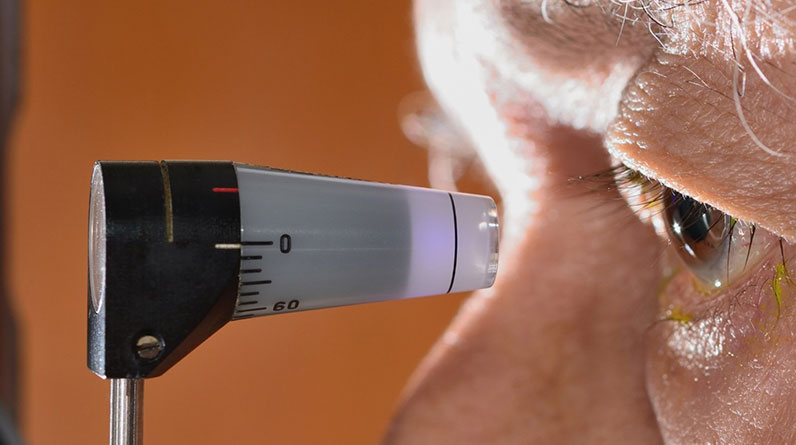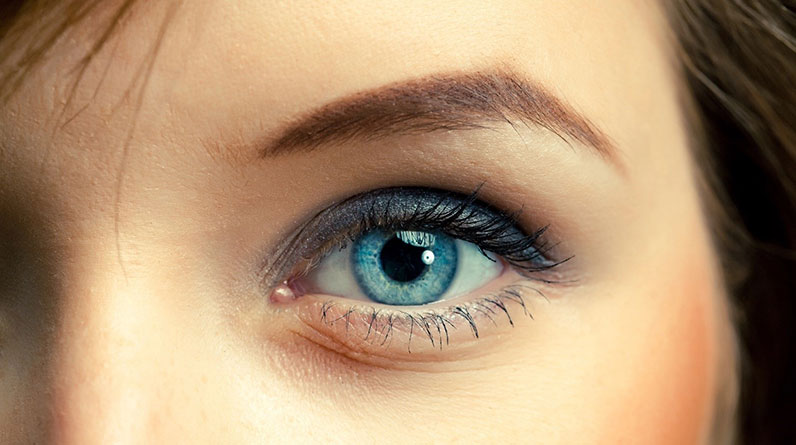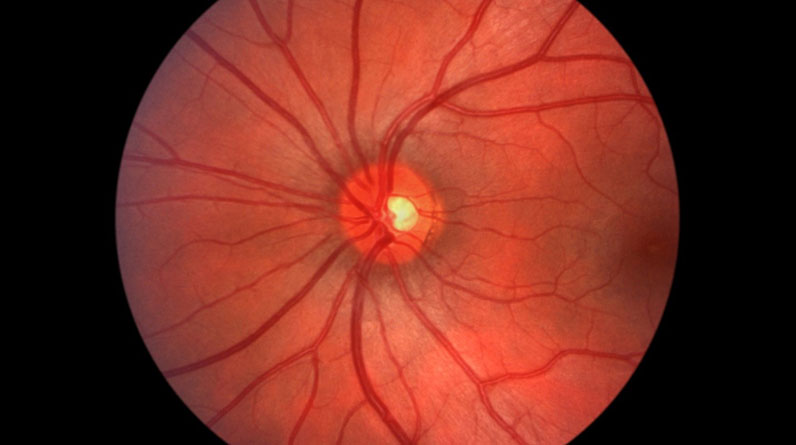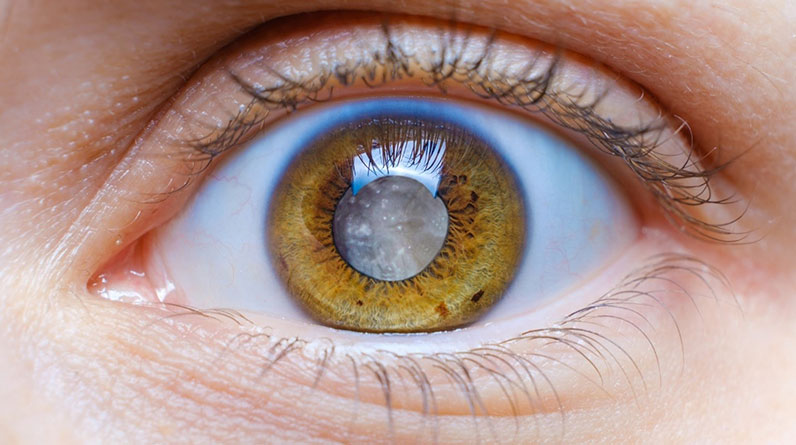
Understanding Glaucoma
Glaucoma describes a group of eye conditions that damage the optic nerve, often due to high intraocular pressure (IOP). If left untreated, glaucoma can lead to permanent vision loss. There are several types of glaucoma, each with distinct characteristics.
In what follows, we provide an overview of the most common forms, their causes, risk factors, symptoms, and treatment measures.
Types of Glaucoma
Primary Open-Angle Glaucoma (POAG)
Primary open-angle glaucoma is the most common form, accounting for about 90% of all glaucoma cases. It occurs when the eye’s drainage canals become obstructed over time, causing a gradual increase in intraocular pressure.
This type progresses slowly and is often asymptomatic in its early stages. Vision loss starts with peripheral vision and advances toward the center over time.
Angle-Closure Glaucoma
Angle-closure glaucoma, also known as acute or narrow-angle glaucoma, occurs when the iris is too close to the drainage angle in the eye, causing it to become blocked suddenly.
This type develops rapidly and is a medical emergency. Symptoms include severe eye pain, blurred vision, halos around lights, and nausea. Immediate treatment is required to prevent permanent vision loss.
Normal-Tension Glaucoma (NTG)
In normal-tension glaucoma, optic nerve damage occurs even though the intraocular pressure remains within the normal range. The exact cause of NTG is unclear, but it may be related to poor blood flow to the optic nerve.
Like primary open-angle glaucoma, NTG progresses slowly and may not present symptoms until vision is already significantly compromised.
Secondary Glaucoma
Secondary glaucoma results from another eye condition, injury, or disease, such as inflammation, cataracts, or diabetes. It can also be caused by certain medications like corticosteroids.
The symptoms and progression of secondary glaucoma vary depending on the underlying cause. Managing the primary condition is essential in treating this type.
Congenital Glaucoma
Congenital glaucoma is a rare form of glaucoma that occurs in infants and young children due to abnormal development of the eye’s drainage system.
Symptoms include excessive tearing, sensitivity to light, and a cloudy appearance in the cornea. Early diagnosis and surgical treatment can help prevent vision loss in affected children.
Causes and Risk Factors of Glaucoma
Several factors increase the risk of developing glaucoma, including age (most common in individuals over 60), a family history of the disease, and ethnic background, with people of African, Asian, or Hispanic descent being at higher risk.
Eye injuries, such as trauma or infections, can also raise the likelihood of developing glaucoma. The primary cause of glaucoma, however, is elevated intraocular pressure (IOP), which results from poor drainage of the aqueous humor—the fluid that maintains eye pressure. This increased pressure damages the optic nerve over time.
Genetic predisposition can also make some individuals more susceptible to glaucoma. Additionally, underlying health conditions like diabetes, high blood pressure, and certain medications (e.g., corticosteroids) can contribute to glaucoma’s development.
Treatment Options for Glaucoma
Since glaucoma is a chronic condition, it requires careful management to prevent vision loss. While it cannot be cured, early detection and treatment can slow or halt its progression. Here are the most common treatment and prevention strategies for glaucoma:
Treatment Options:
Medications The most common initial treatment for glaucoma involves prescription eye drops or oral medications that lower intraocular pressure (IOP). These medications either reduce the production of aqueous humor or improve its drainage from the eye. Consistent use of these medications is key to preventing further optic nerve damage.
Surgery When medications are not sufficient to control IOP, surgery may be required. Trabeculectomy is a common procedure that creates a new drainage channel in the eye, allowing excess fluid to escape and reduce pressure. Minimally invasive glaucoma surgeries (MIGS) are also an option, offering fewer risks and quicker recovery times.
Laser Therapy Laser treatment is a less invasive option that can help improve fluid drainage. In laser trabeculoplasty, a laser is used to open the drainage channels, lowering the IOP. Laser iridotomy is performed for angle-closure glaucoma to create a small hole in the iris, which allows fluid to drain more effectively.
Prevention Options:
Regular Eye Check-Ups Since glaucoma often has no early symptoms, regular comprehensive eye exams are absolutely necessary for early detection. Eye exams are especially important for individuals over 40, those with a family history of glaucoma, and people in higher-risk ethnic groups. Early diagnosis can prevent irreversible vision loss.
Lifestyle Modifications Healthy habits can play a role in reducing the risk of developing glaucoma or slowing its progression. Exercise—such as walking or jogging—can help lower eye pressure, but intense activities like head-down yoga poses should be avoided. Managing underlying health conditions like diabetes and high blood pressure is also essential. Avoiding smoking, limiting caffeine intake, and maintaining a well-balanced diet rich in antioxidants can support overall eye health. Wearing protective eyewear during activities that could lead to eye injury is also helpful for prevention.
Effective glaucoma management combines treatment options like medications, surgery, and laser therapy with preventative measures such as regular eye check-ups and healthy lifestyle choices. While glaucoma cannot be reversed, early intervention and careful management can help preserve vision and maintain quality of life.



